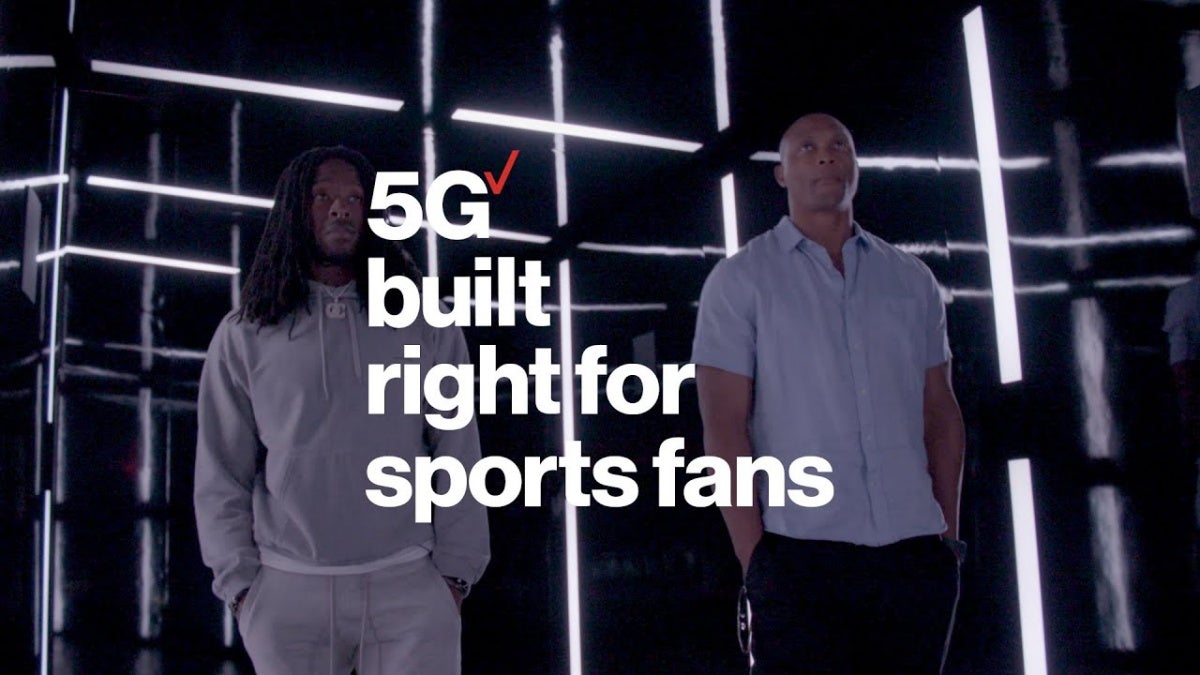Latest 5G advertising battle between T-Mobile and Verizon ends in a draw

T-Mobile might have (largely) left the days of "Dumb and Dumber" behind it, keeping things relatively civil in most of its ads and publicity stunts from the last few months in relation to the competition, but this more mature general approach is not stopping the "Un-carrier" from attacking said competition in less visible ways.
For the umpteenth time in recent years, the National Advertising Division (NAD) has been asked to settle a conflict between T-Mobile and Verizon, but due to the intricate nature of the marketing claims in question, a newly designed Complex Track process was used as an absolute first to reach a verdict.

As usual, said verdict looks like somewhat of a mixed bag since you can't really say the US advertising industry's self-regulatory body is awarding any of the two parties a clear and outright victory in this particular case.
Some of Verizon's claims are either supported or "non-actionable puffery"
Believe it or not, the word "puffery" is not used with a derogatory meaning (per se) by the BBB National Programs' National Advertising Division, which plans to take no action against Big Red's "5G Built Right" marketing campaign.
That's because claiming to have built a 5G network "right", well, doesn't really mean anything, being the kind of vague and somewhat bombastic slogan that the advertising industry has made universally acceptable over the years.

Then again, the "non-actionable puffery" label doesn't actually apply to all "5G Built Right" instances challenged by T-Mo, with Big Red found guilty of falsely suggesting its 5G network is "technologically superior" to the competition in one specific commercial that will need to be discontinued.
Elsewhere, Verizon was cleared of all wrongdoing charges in connection with several different ads touting its 5G speed advantage over arch-rivals T-Mobile and AT&T, as well as presenting coverage maps that Magenta felt were designed to mislead or confuse customers unfamiliar with the huge distinctions between low-band and Ultra Wideband signals.
T-Mobile can also put a few in the W column
Although Verizon declared itself "pleased" with the latest NAD decision, planning to fully comply with all recommendations, it's definitely worth pointing out that a number of T-Mo's specific challenges were (at least in part) supported.
For instance, the NAD ruled that the nation's largest wireless service provider (by subscribers) did "obscure the differences between 5G Nationwide and 5G UWB" on social media, implying among others that the former network, which uses an inferior technology called Dynamic Spectrum Sharing, offers the same "unprecedented performance" as the latter, which is indeed blazing fast but also horribly spotty.
Experience Verizon 5G. Now with 5G Nationwide coverage, and the unprecedented performance of 5G Ultra Wideband. #5Gbuiltright
— Verizon (@Verizon) October 12, 2020
Speaking of, said spotty mmWave 5G signal was not clearly and properly delimited from Verizon's considerably slower nationwide 5G network in a popular commercial featuring Chris Rock. Another block of accusations found to be pretty much entirely justified relates to the carrier's cheapest service plans.
These were almost never presented in a clear and truthful manner by Big Red in several ads from around a year ago, with their perks and benefits often getting mixed up with what pricier options include.
While Verizon was recommended to discontinue or modify all these commercials, which the operator intends to do without filing an appeal or challenging the NAD's ruling in any way, the time that has already passed since the ads debuted makes this entire process feel as inconsequential as always.
Until financial penalties will be imposed on advertising offenders (and especially repeat offenders like Verizon and T-Mobile), all these tardy changes and discontinuations can do is occasionally stroke the ego of one carrier or another.
Follow us on Google News


















Things that are NOT allowed:
To help keep our community safe and free from spam, we apply temporary limits to newly created accounts: